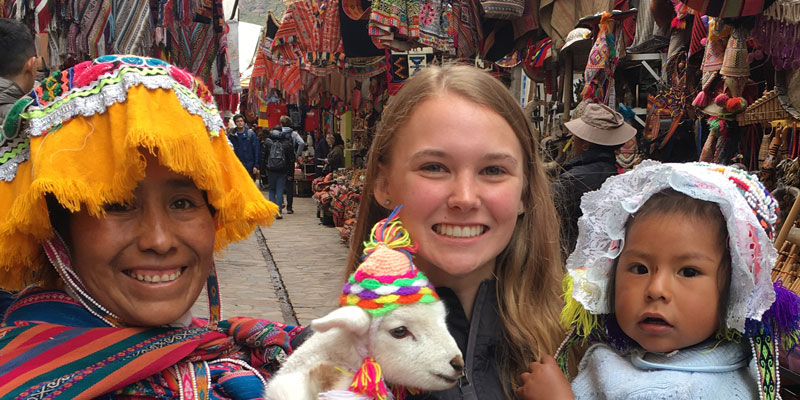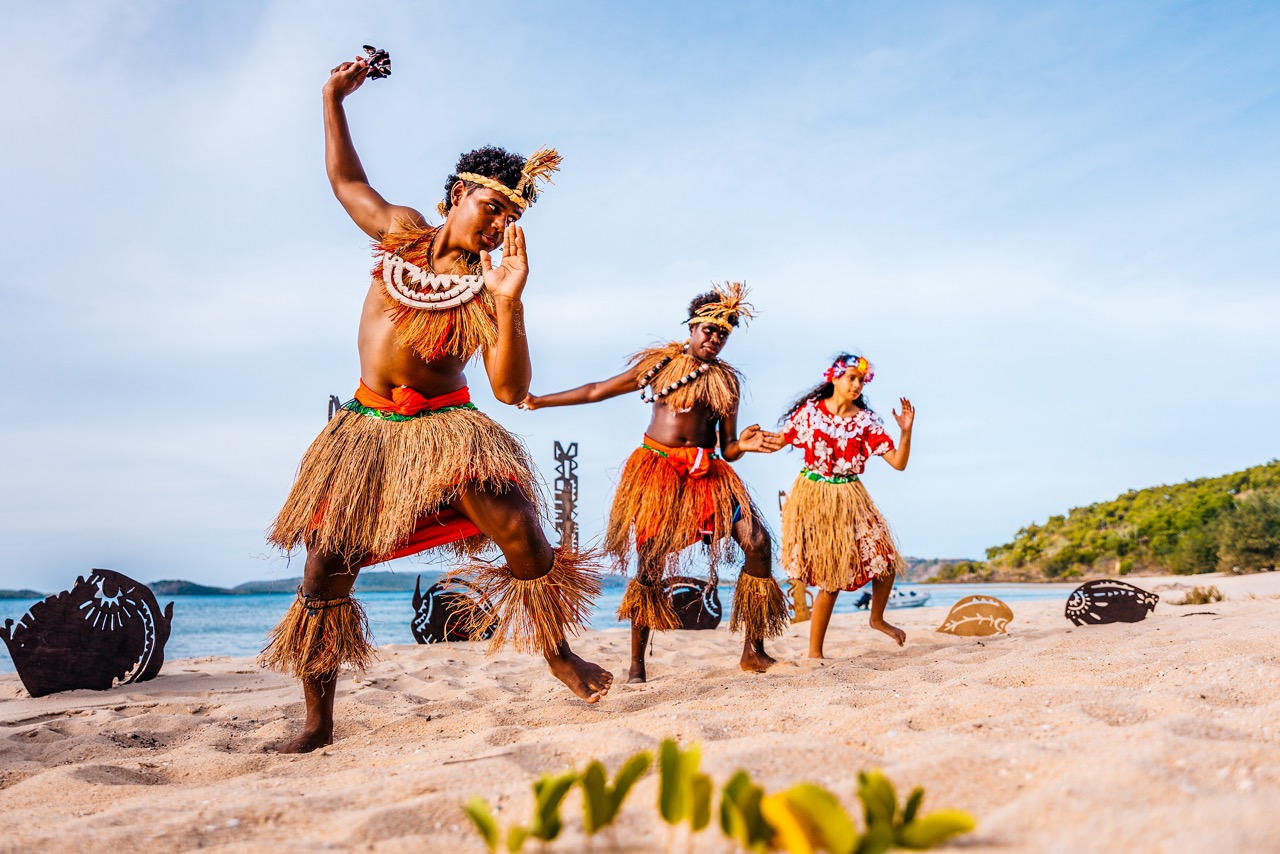Cultural Immersion Travel: A Complete Guide to Authentic Global Experiences
Cultural immersion travel is a form of tourism that prioritizes authentic engagement with local communities, traditions, and daily life. Instead of focusing solely on sightseeing or luxury, it emphasizes genuine interactions such as sharing meals with families, participating in community festivals, or learning traditional crafts.
This type of travel allows participants to go beyond the surface and gain meaningful insights into the culture they are visiting. It’s about living like a local, understanding customs, and respecting traditions rather than simply observing from the outside. For travelers seeking depth and authenticity, cultural immersion travel transforms destinations into living classrooms.
Why Cultural Immersion Travel Matters Today

In an age where mass tourism often leads to overcrowded attractions and shallow experiences, cultural immersion travel provides an alternative. It fosters deeper human connections and mutual understanding between visitors and host communities.
This approach also supports sustainability. By staying in locally owned accommodations, participating in traditional workshops, or buying handmade products directly from artisans, travelers contribute to the preservation of cultural heritage. In turn, communities benefit economically and socially, creating a more balanced tourism model.
Benefits of Cultural Immersion Travel

The first major benefit is authentic connection. Travelers don’t just see a culture, they feel it. By engaging directly with locals, they develop empathy, understanding, and friendships that often last beyond the trip.
The second is personal growth. Immersion challenges comfort zones and helps travelers adapt to new environments. Whether it’s learning a few words in another language or trying unfamiliar foods, these experiences build resilience and open-mindedness.
Another benefit is cultural preservation. Participating in immersion activities like traditional farming or indigenous craft-making supports communities in keeping their heritage alive. This ensures traditions are passed down to younger generations while being shared respectfully with the world.
Real-World Examples of Cultural Immersion Travel
Example 1: Living with Local Communities in Peru

A popular cultural immersion experience in Peru involves staying with Andean families near Lake Titicaca. Travelers live in local homes, eat traditional meals, and join daily activities such as farming or weaving. They also participate in festivals where music and dance are central to community life.
The relevance of this experience lies in its authenticity. Instead of viewing Peru through tourist-only destinations, travelers gain a firsthand understanding of indigenous life, customs, and traditions that have endured for centuries.
Example 2: Cultural Immersion in Japan
In Japan, immersion travel often includes staying in a ryokan (traditional inn), participating in tea ceremonies, or learning martial arts such as kendo. Travelers may also engage in cultural workshops, including calligraphy or flower arranging, guided by masters of the craft.
This deep dive into Japanese traditions allows visitors to appreciate the blend of modernity and heritage. Rather than just seeing temples or shopping districts, participants understand how rituals and values continue to influence Japanese society today.
Example 3: Immersive Travel in Morocco
Cultural immersion in Morocco often starts in the medinas of Marrakech or Fez, where travelers explore spice markets, learn from artisans, and join cooking classes with local families. Beyond the cities, immersion extends to the Atlas Mountains, where Berber communities welcome visitors to share their nomadic traditions.
The significance of this experience lies in the contrast between Morocco’s bustling urban life and its rural heritage. It reveals how traditions survive across generations while adapting to modern challenges.
Example 4: India’s Cultural Immersion Journeys
In India, cultural immersion travel might include attending traditional festivals like Holi or Diwali, where travelers are not just observers but participants. Other experiences include cooking with families, joining yoga retreats in Rishikesh, or learning classical dance in Chennai.
These opportunities allow visitors to witness India’s diversity in a way that goes beyond monuments. They experience spirituality, art, and hospitality that form the heart of Indian culture.
Example 5: Indigenous Experiences in Australia

Australia offers cultural immersion through indigenous communities, where travelers learn Dreamtime stories, join bushwalks guided by Aboriginal elders, and participate in traditional art-making. These activities highlight the spiritual connection between indigenous people and the land.
Such tours provide unique perspectives on history and culture that mainstream tourism often overlooks. They are essential in promoting understanding and respect for indigenous heritage.
How Technology Enhances Cultural Immersion Travel
Technology plays a vital role in enriching immersive travel experiences. Mobile apps provide language-learning tools, helping travelers communicate respectfully with locals. Translation apps also reduce barriers and encourage deeper conversations.
Augmented reality has made cultural interpretation more engaging. For instance, visiting a historical site with AR can reveal how it looked centuries ago, offering context that enhances immersion. Digital storytelling platforms and virtual workshops also prepare travelers before they arrive, making them more culturally aware and respectful.
Moreover, social media allows travelers to share authentic experiences widely. This visibility helps promote cultural preservation and encourages more travelers to choose responsible, immersive tourism over superficial alternatives.
Practical Use Cases of Cultural Immersion Travel
One key use case is education-focused trips. Schools and universities often organize immersion travel to teach students about history, anthropology, and global diversity. This hands-on learning is far more impactful than classroom study.
Another is family travel. Parents seeking meaningful experiences for their children use cultural immersion to introduce them to new traditions and values, fostering curiosity and tolerance.
Cultural immersion is also useful for professionals. For example, business travelers who engage in immersion activities gain cultural sensitivity, which can improve cross-cultural communication in international careers.
Finally, immersion is perfect for time-conscious travelers. Even a short trip becomes transformative when designed around authentic, local interactions instead of standard sightseeing.
Frequently Asked Questions
1. What is the main difference between cultural immersion travel and regular tourism?
Cultural immersion travel focuses on authentic, hands-on experiences with local communities. Regular tourism often emphasizes sightseeing, while immersion prioritizes understanding and connection.
2. Is cultural immersion travel suitable for solo travelers?
Yes. Solo travelers often find immersion travel rewarding because it allows them to connect with locals and fellow participants. It also provides a structured way to engage meaningfully with communities.
3. How does cultural immersion travel support sustainability?
By partnering with local families, artisans, and guides, immersion travel channels economic benefits directly to communities. It also encourages preservation of cultural traditions, ensuring they continue for future generations.





